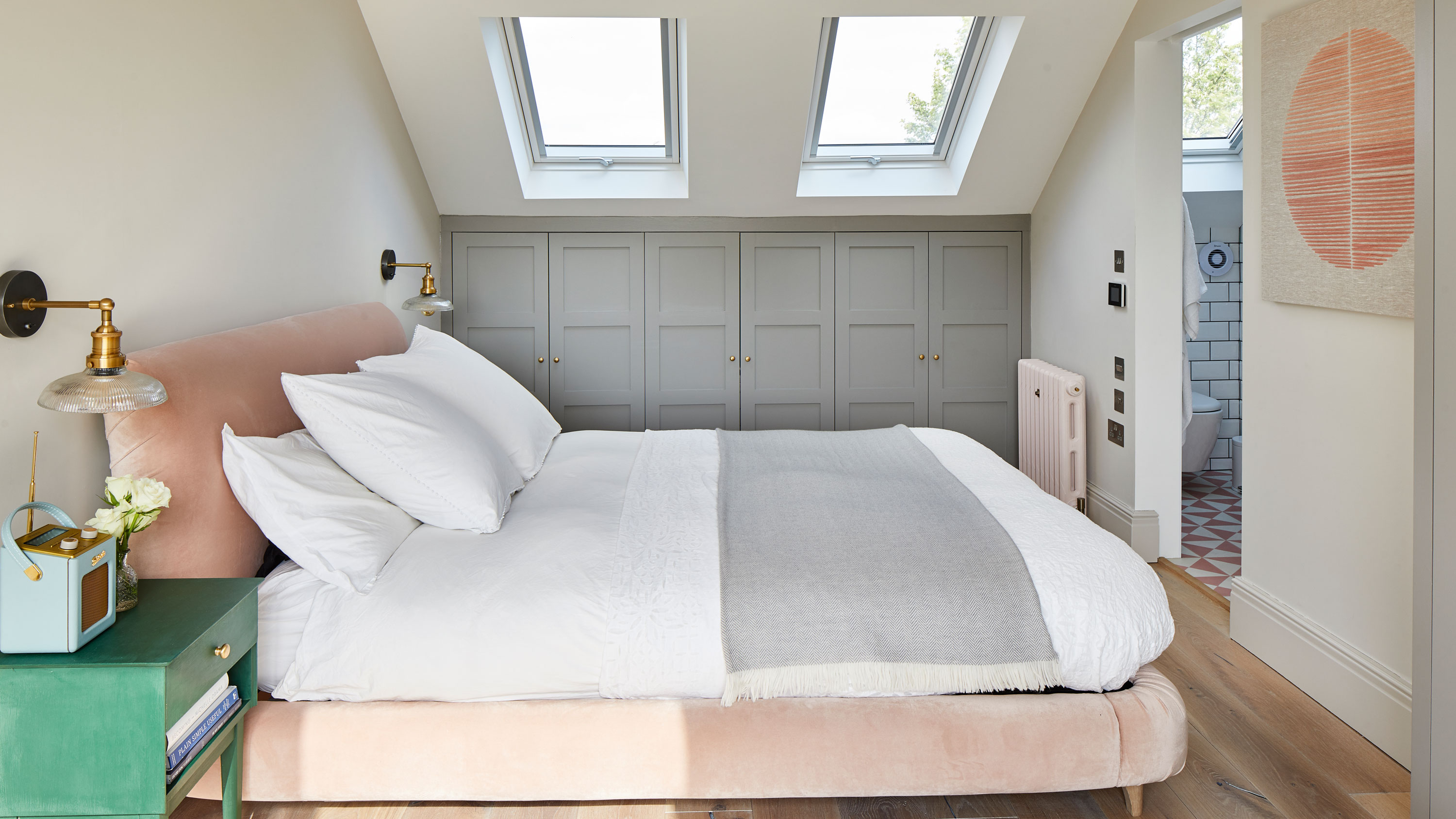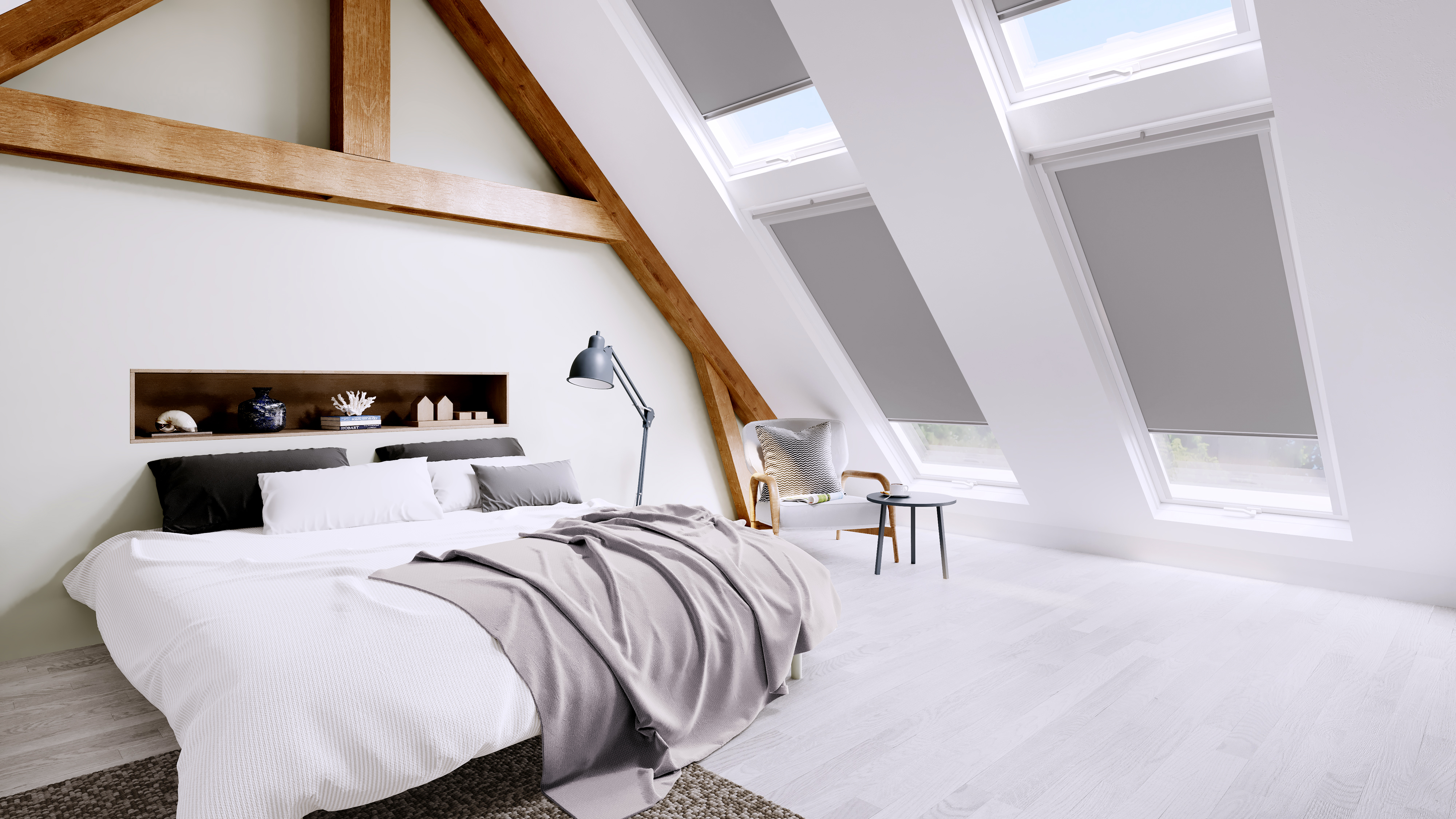

When you want a home with more space, but are happy living right where you do, a loft conversion can be a brilliant solution. It’ll upsize the home you have, and as building projects go it can be relatively easy and low on disruption.
But if you think a loft conversion is the right home improvement project for you, is it something you can achieve under the permitted development (PD) regime? Or will you need to submit an application for planning permission to the local authority and wait for it to approve your application before you can start?
The answer to your question is the old favourite: it depends on your loft conversion plans. We’re not leaving you with that as an answer, though (as if we would). Read on for expert advice on when you can use PD, when you’ll need planning permission, and how to go about it if you do.
How can I avoid the need for planning permission for a loft conversion?
A loft conversion can be achievable under permitted development rights (PD). To remind you, PD is a general planning permission granted by Parliament rather than the local authority. The upshot? You can carry out certain types of project without needing to apply for planning permission.
You need to bear in mind, however, that PD rights apply to common projects for houses, but not to flats, maisonettes or other buildings. So if you don’t live in a house but do have a loft you’re considering converting, you can’t rely on PD.
There’s a second caveat. If you live in what’s known as a designated area, PD rights are more restricted. Designated areas include conservation areas, national parks, areas of outstanding natural beauty (AONBs), World Heritage sites, and the Norfolk or Suffolk Broads.
Third issue to be aware of? Local planning authorities can issue Article 4 directions, taking away some PD rights, and meaning you need planning permission for work that doesn’t normally need it.
Live in a listed building? Different rules apply.
The way to be sure about whether you can go ahead under PD or will need to apply for planning permission is to check with the local authority. Do this before any work begins as it will affect the length of time your loft conversion project takes and the cost.
What loft conversion can I have without planning permission?
So, you’ve checked you can go ahead with a loft conversion under PD, and the answer’s yes. However, there are limits and conditions that apply to a loft conversion if you’re making use of permitted development rights.
First, there are rules on its size. The volume of the enlargement can’t exceed the original roof space by more than 40 cubic metres for a terraced house, and 50 cubic metres for other types of home.
It can’t exceed the height of the existing roof, either, and on the principal elevation of the house (where it fronts a highway), it must not extend beyond the existing roof slope.
Materials should be similar in appearance to the existing house, and verandahs, balconies and raised platforms are not permitted development.
You can find the full criteria on the government’s planning portal.
How do I get planning permission for a loft conversion?
The fact that your loft conversion project can’t take place under PD doesn’t need to mean you can’t have the new space you want – but if that’s the case, you will need to apply for and gain planning permission.
How do you get planning permission for your loft conversion? You need to submit a planning application. It has to be completed on a standard form, and you can apply to every local authority in England through the planning portal, while in Wales you can use planning applications Wales. You can print the form off and fill it in and then send it to your local authority if you prefer.
An application for planning permission for a loft conversion will need some other information along with the form. This consists of the site plans, supporting documentation, and the fee. The householder planning permission fee in England is currently £206.
Once the application has reached your local authority, if it’s you who made the application, you’ll be notified and then it will be subject to the local authority’s time scale.
Do I have to apply for planning permission myself?
It doesn’t have to be you personally who makes the application for planning permission for a loft conversion. If you’re using an architect for your loft conversion project, he or she can apply, as can a specialist loft conversion company or your builder.
Working with an architect, loft conversion specialist or builder who has completed loft conversion projects in your area can be extremely helpful in gaining planning permission. They will be aware of what’s likely to be acceptable to the planners locally so your design meets its criteria on first application.
Do I need other permissions for a loft conversion?
Whether you need planning permission or not for your loft conversion, it is essential to get building regulations approval for your project. The building regulations ensure that the strength of the new floor is sufficient, there’s enough sound insulation between the conversion and the rooms below, and there’s safe escape in the event of a fire, among other things.
You may also need a party wall agreement with your neighbours if the work will affect the wall joining your homes.
Don’t forget about bats
Your loft might be home to bats, and converting a loft can harm this legally protected species, so you may need a mitigation licence to carry out your work. Find the full details on bat surveys and licences from Natural England.
Join our newsletter
Get small space home decor ideas, celeb inspiration, DIY tips and more, straight to your inbox!

Sarah is a freelance journalist and editor writing for websites, national newspapers, and magazines. She’s spent most of her journalistic career specialising in homes – long enough to see fridges become smart, decorating fashions embrace both minimalism and maximalism, and interiors that blur the indoor/outdoor link become a must-have. She loves testing the latest home appliances, revealing the trends in furnishings and fittings for every room, and investigating the benefits, costs and practicalities of home improvement. It's no big surprise that she likes to put what she writes about into practice, and is a serial house revamper. For Realhomes.com, Sarah reviews coffee machines and vacuum cleaners, taking them through their paces at home to give us an honest, real life review and comparison of every model.
-
 This colourful home makeover has space for kitchen discos
This colourful home makeover has space for kitchen discosWhile the front of Leila and Joe's home features dark and moody chill-out spaces, the rest is light and bright and made for socialising
By Karen Wilson Published
-
 How to paint a door and refresh your home instantly
How to paint a door and refresh your home instantlyPainting doors is easy with our expert advice. This is how to get professional results on front and internal doors.
By Claire Douglas Published
-
 DIY transforms 1930s house into dream home
DIY transforms 1930s house into dream homeWith several renovations behind them, Mary and Paul had creative expertise to draw on when it came to transforming their 1930s house
By Alison Jones Published
-
 12 easy ways to add curb appeal on a budget with DIY
12 easy ways to add curb appeal on a budget with DIYYou can give your home curb appeal at low cost. These are the DIY ways to boost its style
By Lucy Searle Published
-
 A guide to planning a loft conversion in 2022
A guide to planning a loft conversion in 2022Get a bigger home without moving by planning a loft conversion to perfection
By Lucy Searle Last updated
-
 5 invaluable design learnings from a festive Edwardian house renovation
5 invaluable design learnings from a festive Edwardian house renovationIf you're renovating a period property, here are 5 design tips we've picked up from this festive Edwardian renovation
By Ellen Finch Published
-
 Real home: Glazed side extension creates the perfect garden link
Real home: Glazed side extension creates the perfect garden linkLouise Potter and husband Sean's extension has transformed their Victorian house, now a showcase for their collection of art, vintage finds and Scandinavian pieces
By Laurie Davidson Published
-
 I tried this genius wallpaper hack, and it was perfect for my commitment issues
I tried this genius wallpaper hack, and it was perfect for my commitment issuesBeware: once you try this wallpaper hack, you'll never look back.
By Brittany Romano Published